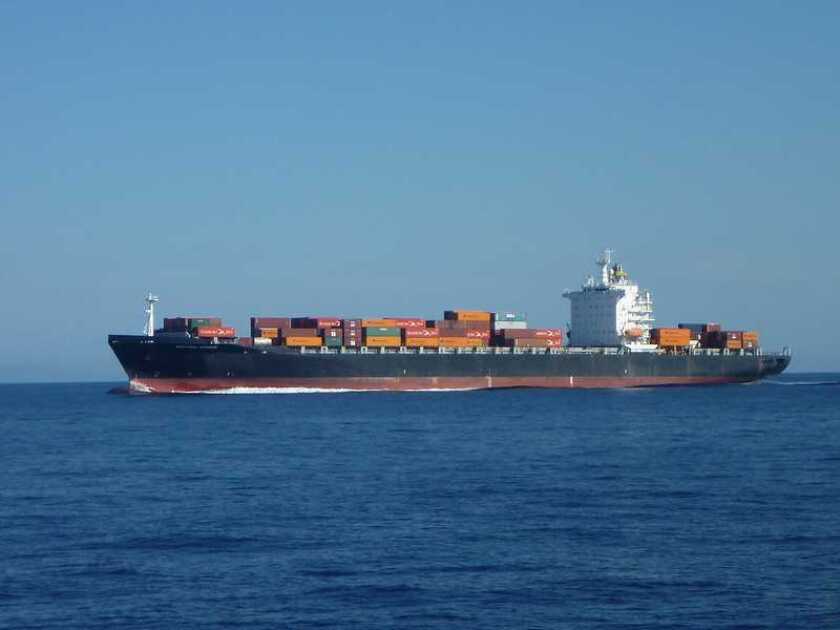More than one year has gone by since the coronavirus pandemic threw the global supply chain for a giant loop as factories throughout Asia temporarily shut down and other plants throughout the world would soon follow suit.
Consumers’ and companies’ shopping patterns suddenly changed, throwing the supply chain even more out of whack, contributing to today’s shipping costs reaching all-time highs. Freight rates from Asia to Europe and the United States have skyrocketed 300% compared to March 2020 – the onset of the Covid-19 pandemic. And the longer the health crisis lasts, the more difficult and costly it will be to move goods around the globe.
Worldwide, the pandemic continues to disrupt trade exponentially, as surges in cargo shipping costs continue, adding new challenges to economic recovery planetwide. Shipping containers are stuck in ports as goods including exercise equipment, furniture, machinery, cars, crops, clothing – you name it – sit idle in these docks or pile up on factory floors.
The ripple effects – or perhaps tidal waves – are being felt through all links in the supply chain: ships, factories, trucks, warehouses, airplanes, retailers and more. Snags in these delays mean rising costs along the line. And obviously, someone will bear the brunt of higher prices. The recent near week-long blockage in the Suez Canal only added to ongoing disruptions to global trade, particularly in Asia and Europe, industry sources say.
From plane to train, Zyxel tackles global shipping challenges
However, not everyone is caught up in the supply chain chaos. Zyxel Communications, a manufacturer of networking devices relied on airplanes and ships as its predominant mode of shipping. But since the cost of shipping goods via air freight went sky-high due to limited space driven by restricted air travel and increased prices and ships have also significantly extended its transit time, it turned its attention to the rails.
Headquartered Taiwan, Zyxel is tackling today’s transportation challenges and getting its networking devices out the door using trains that take them from the factory in Asia to the warehouse in Europe and to customers’ front doors. The route to Europe starts in Shanghai, which is about 120 kilometers from one of the Zyxel production facilities. Products then travel 8,500 kilometers, through Mongolia, Siberia and Russia, before arriving in Hamburg.
The road to digital transformation
In March, The European Commission presented its vision for Europe’s digital transformation by 2030 and the ways for European residents to achieve this vision – including gigabit for everyone, 5G everywhere. Zyxel Communications is at the forefront of 5G with all its products manufactured at factories in Taiwan and show some amazing use cases throughout Scandinavia, Austria and in Portugal.
While the technology is often at the forefront of “secure and sustainable digital infrastructures” conversations, this past year has shined the light on the traditional methods of product distribution.
Shipping by trains takes longer than planes but is substantially shorter than shipping by sea. Moreover, using trains as a shipping option ensures Zyxel Communications keeps transportation prices down. This, in turn, enables the company to keep its prices from climbing.
Although pandemic-related supply chain challenges keep trying to slow down production, Zyxel Communications has found a viable, cost savvy solution in trains – delivering quick turnover time and serving its customers the best way possible.





